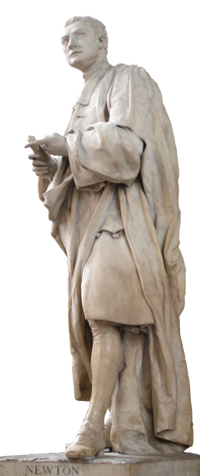Newton’s Troubled Mind

Newton’s list of his sins from 1662 records improper behaviour on the Sabbath, but also other misdemeanours such as stealing cherries, having ‘unclean’ dreams, calling a girl a ‘jade’, and threatening to burn down his mother and stepfather’s house with them in it. Evidence that Newton experienced a breakdown in 1693 first came to light in 1822 with the publication of the great French scientist Jean-Baptiste Biot’s biography of Newton. Biot links the breakdown to the famous (but fictitious) story according to which a dog called Diamond had knocked over a candle that had burned Newton’s papers to a cinder. In 1855 the Scottish scientist David Brewster valiantly defended Newton’s sanity during this period, but his reproduction of Newton’s letter to John Locke shows just how seriously disturbed Newton really had been in the summer of 1693.
